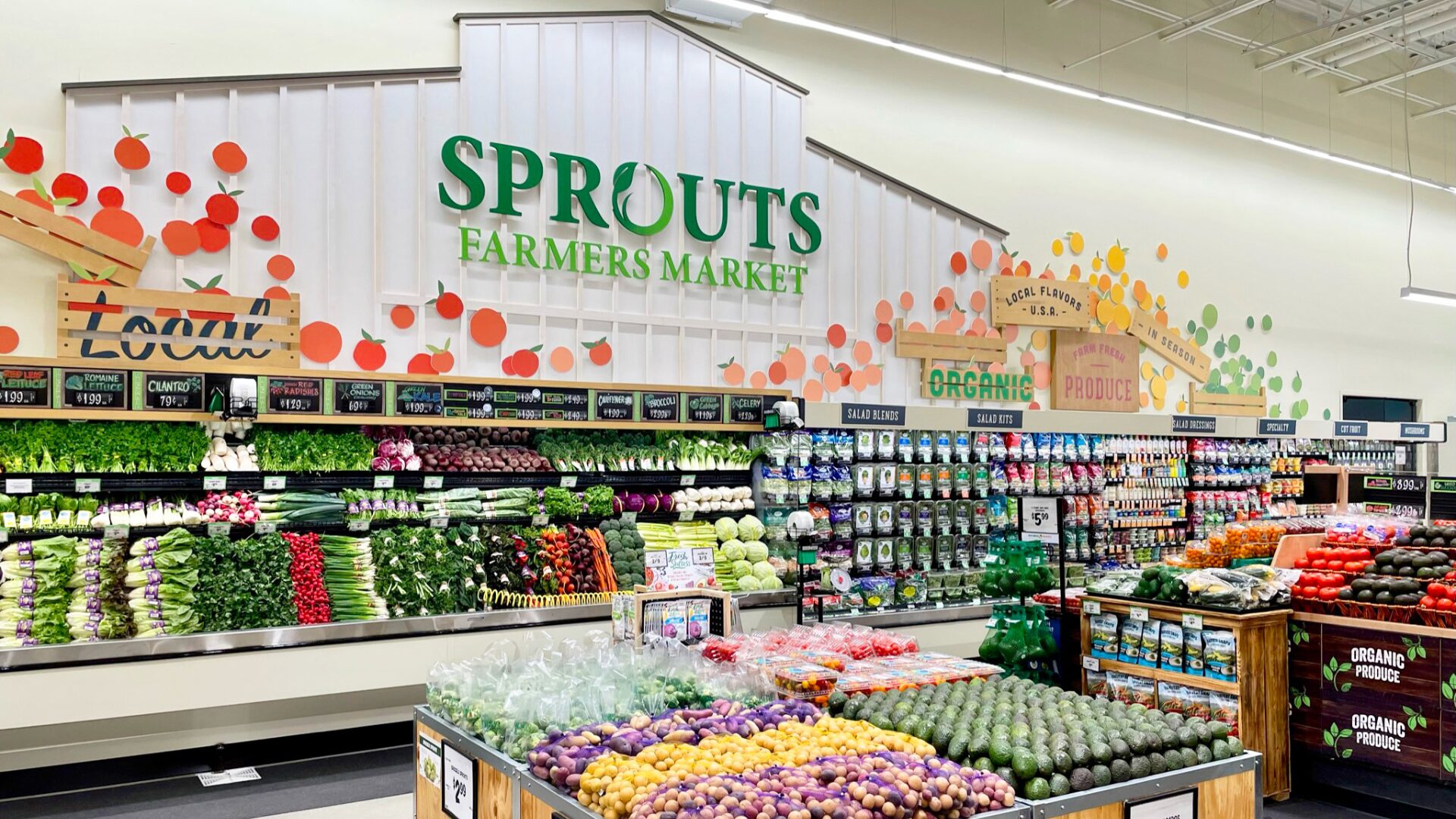According to recent data from the Plant Based Food Association (PBFA), U.S. retail sales of plant-based foods outpaced total food sales during the pandemic by a considerable margin. Peak panic buying in mid-March saw plant-based food sales up 90% compared to the previous year. This trend continued for the following four weeks, with total plant-based food sales rising 35% faster than total retail food.
“These strong numbers prove that the plant-based industry is here to stay and will only continue to grow,” said Michele Simon, executive director of PBFA.
Food Trends Changing
Recent trends in consumer preference reflect increased concerns about healthier diet choices.
The International Food Information Council (IFIC) Foundation 2020 Food and Health Report found significant changes in food and nutrition trends. Key findings included:
- Approximately 70% of consumers consider protein from plant sources healthiest;
- 28% of consumers are eating more protein from plant sources, 24% are eating more plant-based dairy, and 17% are eating more plant-based meat alternatives; and
- More than four in 10 consumers assume that a product described as “plant-based” would be healthier than one that is not.
The Rise of Meat Alternatives
The COVID-19 pandemic has disrupted U.S.-based meat processors, causing higher prices and even meat shortages as processors were forced to close or slow production due to safety concerns. This disruption has provided an opportunity for plant-based meat options to fill the void.
Moreover, Mintel found 46% of Americans believe that plant-based meat is better for you than real meat. These factors may be responsible for an almost 300% increase in plant-based meat sales, reported The Wall Street Journal (May 13).
“With the positive results of a plant-based diet, many food companies have gotten on the bandwagon to create healthy meat alternatives in variety of ways: fresh, frozen, and shelf stable meat alternatives,” said Denice Taylor, RDN, LD, CDE, registered dietitian with Texas Health Arlington Memorial Hospital. “Consumer demand has led to more options from some of the food giants such as Conagra and Morningstar Farms.”
Advances from food companies in mimicking the taste and other positive characteristics of meat are also attributed to recent growth.
In fact, the research group Motif Foodworks recently partnered with University of Illinois at Chicago and the University of Illinois at Urbana-Champaign on work to further improve upon the texture and taste of plant-based meat substitutes.
“To get these textures right in plant-based foods, we need to continue to evolve the way we approach food design, and that means looking at every single element that goes into the eating experience,” said Stefan Baier, Motif’s lead for food science. “Our research with UIC and UIUC aims to apply advanced rheological techniques to plant-based food formulation in novel ways that could uncover critically missed insights and unlock unprecedented possibilities for the texture of plant-based foods.”
Meanwhile, a new study showed the placement of alternative meat in retail is a big factor in sales, reported Bloomberg (July 9). Consumers purchased 23% more plant-based meat when they found it in the same aisle as traditional meat, according to a study conducted by Kroger Co. and supported by PBFA. This percentage is compared to control stores where plant-based meat products reside in the refrigerator aisle’s vegetarian section.
Dairy Alternatives Growing in Popularity
Demand for plant-based milk is also increasing, while traditional dairy slips. The bankruptcy of Dean Foods Co., a Texas-based milk processor and distributor, in Nov. 2019 highlights this trend.
“We continue to be impacted by a challenging operating environment marked by continuing declines in consumer milk consumption,” CEO Eric Beringause said in a statement.
One reason for this shift may be increasing health consciousness. For example, oat milk’s 2 grams of fiber per cup can help lower cholesterol, according to Keri Gans, MS, RDN, CLT, as reported by Shape. Another increasing concern regarding animal welfare on dairy farms may be further reason consumers are ditching dairy.
Meanwhile, a recent report from Research and Markets found the global dairy alternatives market continues to advance, with an estimated growth rate of almost 10% forecast for 2020 to 2025.
But Is It Healthy?
A Sept. 2019 article in Translational Psychiatry indicated an overall robust support for the beneficial effects of a plant-based diet on metabolic measures in health and disease.
However, the Heart Foundation emphasized that plant-based eating isn’t “automatically healthy.” It explained excess saturated fat, sugar, and salt, regardless the source, isn’t optimal for health. They caution that some meals marketed as healthier may increase intake of these ingredients, especially if eaten regularly.
Meat and dairy alternatives are by definition, ultra-processed. Also, although plant-based meat may be perceived as healthier by consumers, direct comparison of nutritional profiles tells a different story.
On average, a lean beef burger has nearly 20% fewer calories and 80% less sodium than the two most popular plant-based brands: the Impossible Burger and Beyond Burger.
“While any movement towards replacing animal products with whole plant foods is beneficial, the most healthful diet is whole food, plant based with no animal products and limited to no added sugar, oil or salt,” said Dana S. Simpler, MD, and board-certified internist.
George W. Citroner is a freelance journalist based in New York. Reach him at gwcitroner@gmail.com.








